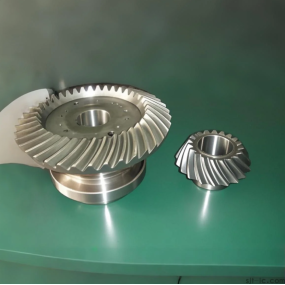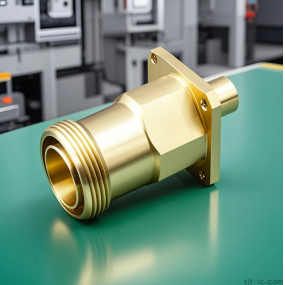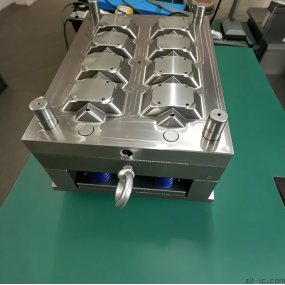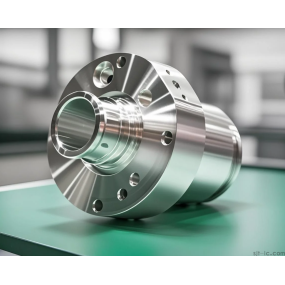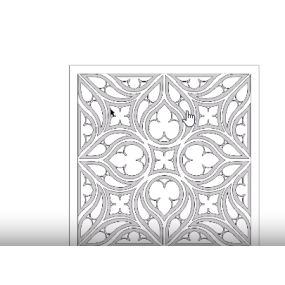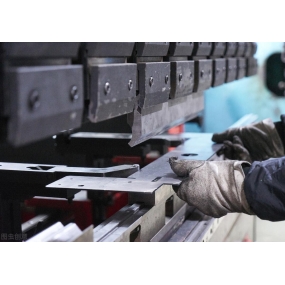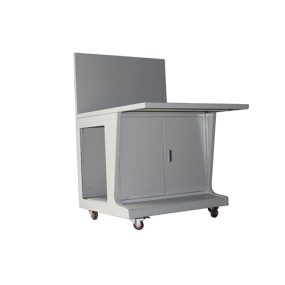Introduction to the process of Sheet Metal Processing in Shenyang: Material selection: The materials commonly used in sheet metal processing include cold-rolled plate (SPCC), hot-rolled plate (SHCC), galvanized plate (SECC, SGCC), copper (CU), brass, purple copper, beryllium copper, aluminum plate (6061, 5052, 1010, 1060, 6063, hard aluminum, etc.), stainless steel (mirror, brushed surface, matte surface). Depending on the product effect, different materials are selected, and the product's purpose and cost generally need to be considered.
1. Cold rolled SPCC is primarily used for electroplating and baking paint parts, with low cost, easy molding, and a material thickness of 3.2mm.
2. Hot rolled plate SHCC, material T3.0mm, also uses electroplating and baking paint parts, with low cost but difficult to form, mainly using flat parts.
3. Galvanized sheet SECC, SGCC. SECC electrolytic plates are divided into N material and P material. N material is primarily not treated for appearance and has a high cost, while P material is used for spraying parts.
4. Copper; The primary use of conductive materials is nickel plating, chrome plating, or no treatment on the surface, which incurs high costs.
5. Aluminum plate; Generally, surface chromate (J11-A) is used for oxidation (conductive oxidation, chemical oxidation), with high cost. Silver plating and nickel plating are available.
6. Aluminum profiles; Materials with disordered cross-sectional structures are widely used in various plug-in boxes. The exterior treatment is the same as aluminum plate.
7. Stainless steel; First and foremost, it is not used for any external treatment and has a high cost.
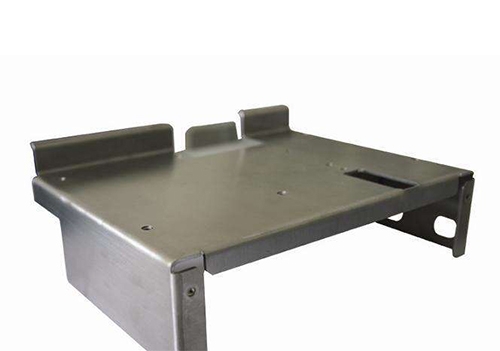
Drawing review: To write the process flow of a part, it is necessary to first understand the various skill requirements for the part drawing; The review of drawings is a crucial step in the development of the part manufacturing process.
1. Check if the drawing is complete. 2. Connect the drawing and view, indicate whether the markings are clear and complete, and indicate the units of dimensions. 3. Installation contact, installation requirements include key dimensions. 4. Differences between the old and new layouts. 5. Translation of foreign language images. 6. Conversion of table codes. 7. Reflection and placement of graphic problems. 8. Materials. 9. Quality requirements and process requirements. 10. The official release of drawings must be stamped with a quality control seal.
The content of the article is sourced from the internet. If you have any questions, please contact me to delete it!


 Spanish
Spanish Arabic
Arabic French
French Portuguese
Portuguese Belarusian
Belarusian Japanese
Japanese Russian
Russian Malay
Malay Icelandic
Icelandic Bulgarian
Bulgarian Azerbaijani
Azerbaijani Estonian
Estonian Irish
Irish Polish
Polish Persian
Persian Boolean
Boolean Danish
Danish German
German Filipino
Filipino Finnish
Finnish Korean
Korean Dutch
Dutch Galician
Galician Catalan
Catalan Czech
Czech Croatian
Croatian Latin
Latin Latvian
Latvian Romanian
Romanian Maltese
Maltese Macedonian
Macedonian Norwegian
Norwegian Swedish
Swedish Serbian
Serbian Slovak
Slovak Slovenian
Slovenian Swahili
Swahili Thai
Thai Turkish
Turkish Welsh
Welsh Urdu
Urdu Ukrainian
Ukrainian Greek
Greek Hungarian
Hungarian Italian
Italian Yiddish
Yiddish Indonesian
Indonesian Vietnamese
Vietnamese Haitian Creole
Haitian Creole Spanish Basque
Spanish Basque

